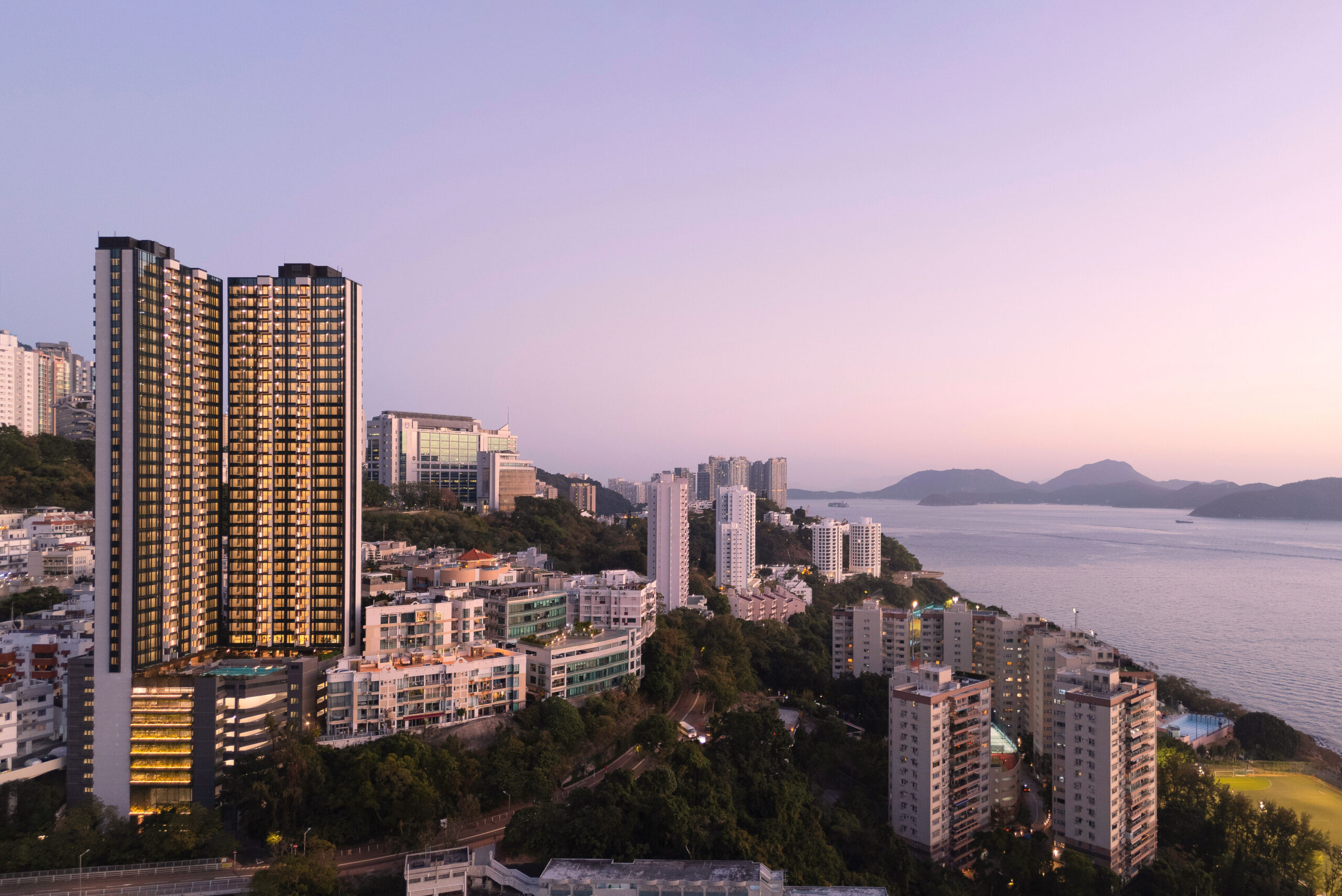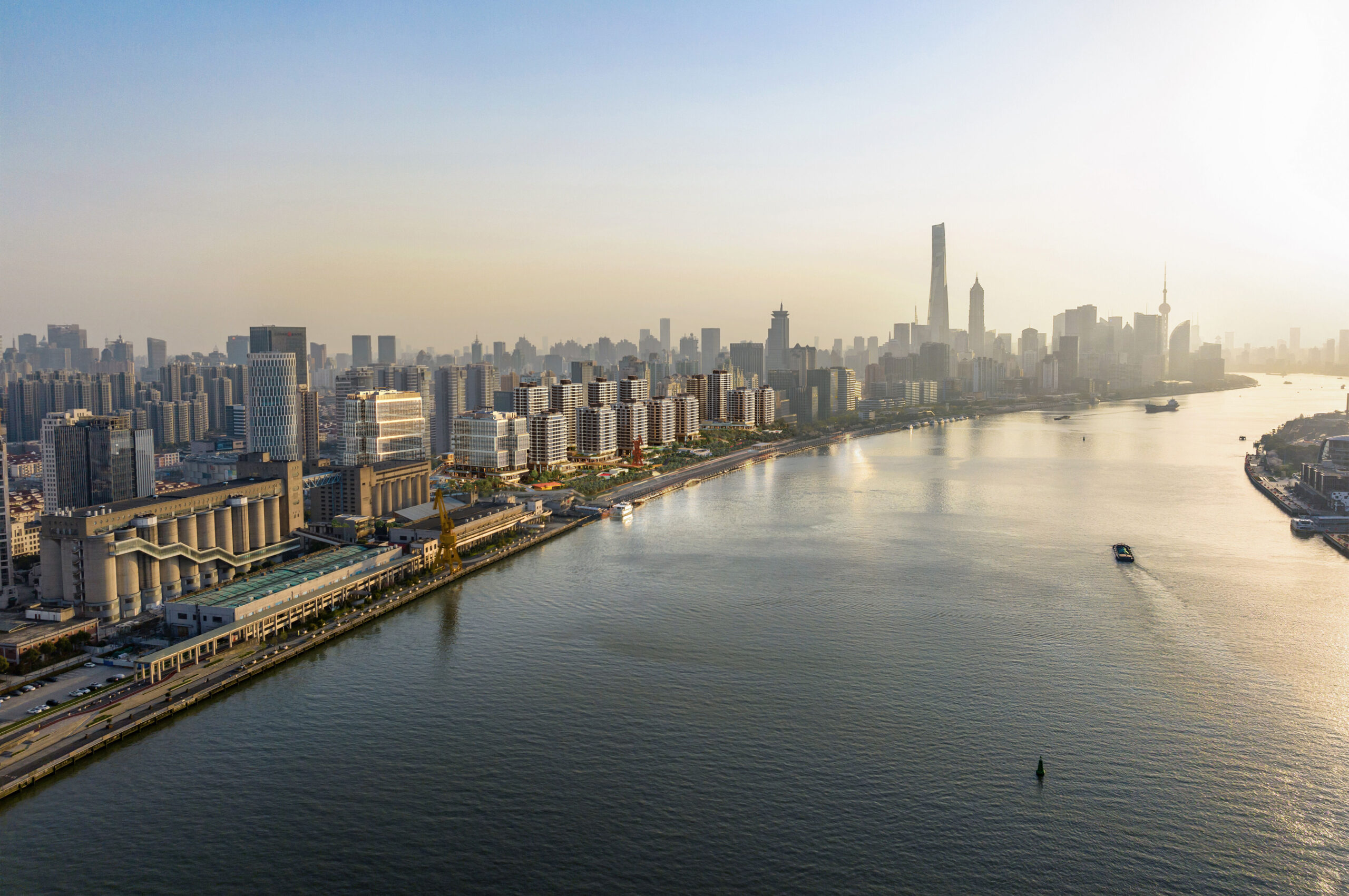
The new tower replaces two separate lower-rise office buildings with a single structure. Appearing as four stepped blocks, the building has large, flexible floorplates and expansive external space. The stepped form stitches itself into its surroundings and helps balance the transition in height between the taller City of London office cluster and the lower-rise buildings of Islington to the north.
The form and layout of the building has allowed for six large accessible roof terraces staggered across the various levels, each designed for tenants to have a substantial amount of external amenity space. Combined with large south-facing balconies on nearly every floor of the building, the design has achieved over 17,000ft² of external amenity space with over 16,000 plants and 80 plant species contributing to the biodiversity of the site.
The terraces have been designed in collaboration with Townshend Landscape Architects as an extension of the workplace, with consideration to spatial requirements and working patterns allowing for extended wellbeing amenities, such as entertaining or fitness classes.

Robert Lunn, delivery architect said: “This quantity of external amenity space can be notoriously hard to deliver on buildings of height. It was fundamental to our brief that the building’s contribution to wellbeing and sustainability wasn’t tokenistic but really sought to invest in quality and permanent amenity. To generate the terrace spaces and value, we’ve minimised all roof plant by working with the client and design team to convert a level of lettable space mid-way through the building to house these services. I think we will see more of this in commercial design going forwards as developers and occupiers look to demonstrate their values within their buildings.”
The stepped form characterises the building in both height and depth, with the massing broken down into a series of protruding and recessed bays. It is further articulated by an elegant, natural stone and faience facade that reflects the local vernacular and adds a tactile quality and level of permanence, reflecting the overall ambition for the scheme.

Across its height, the building has a strong horizontal articulation, which is expressed through the application of the facade materials. Picking up on the existing architectural language of Finsbury Square and Finsbury Pavement, the building envelope communicates the structural design and enables greater solidity to improve thermal performance.
The building’s core is positioned on the northern elevation, where it is bounded by neighbouring blocks. This enables large, flexible floorplates with unobstructed views across the space. In response to the largely column-free floorplates, the building required structural bracing on the southern elevation, leading to a ‘ladder frame’ design. This bracing is incorporated into the facade design and, in turn, has delivered window seating and natural solar shading for tenants.

A fully-glazed, daylit feature staircase follows the length of the south facade as is finished with high-quality natural materials that form a continuation of the materiality and aesthetic used throughout the building. The staircase provides animation to the facade and draws daylight into the floorplates, while also encouraging active movement between the floors.

At ground floor level, the building is set back to improve the public realm, with space for retail and outdoor seating, all designed to improve pedestrian flow at a previously congested corner of the City. The building has entrances at 20 and 22 to address both Ropemaker Street and CityPoint Plaza, where the ladder frame visibly meets the ground to create a colonnade and express the building’s structure.

Internally, there are two separate lobbies to facilitate both addresses and tenancies. Basement levels accommodate storage for 800 bikes as well as shower and changing facilities and a bike maintenance hub, all of which are accessed from a dedicated cycle entrance and have collectively been designed to provide simple, efficient access and meet the high-quality design standard embedded in the overall building.


Frank Filskow, lead architect at Make, said: “This was a truly collaborative project from the outset, keeping wellbeing and sustainability as the driving principles. As a design and delivery team, we worked together to investigate all the possible options so that the final building is representative of OPLM’s long terms values. We are really looking forward to learning from how the tenants use our base build.”






























